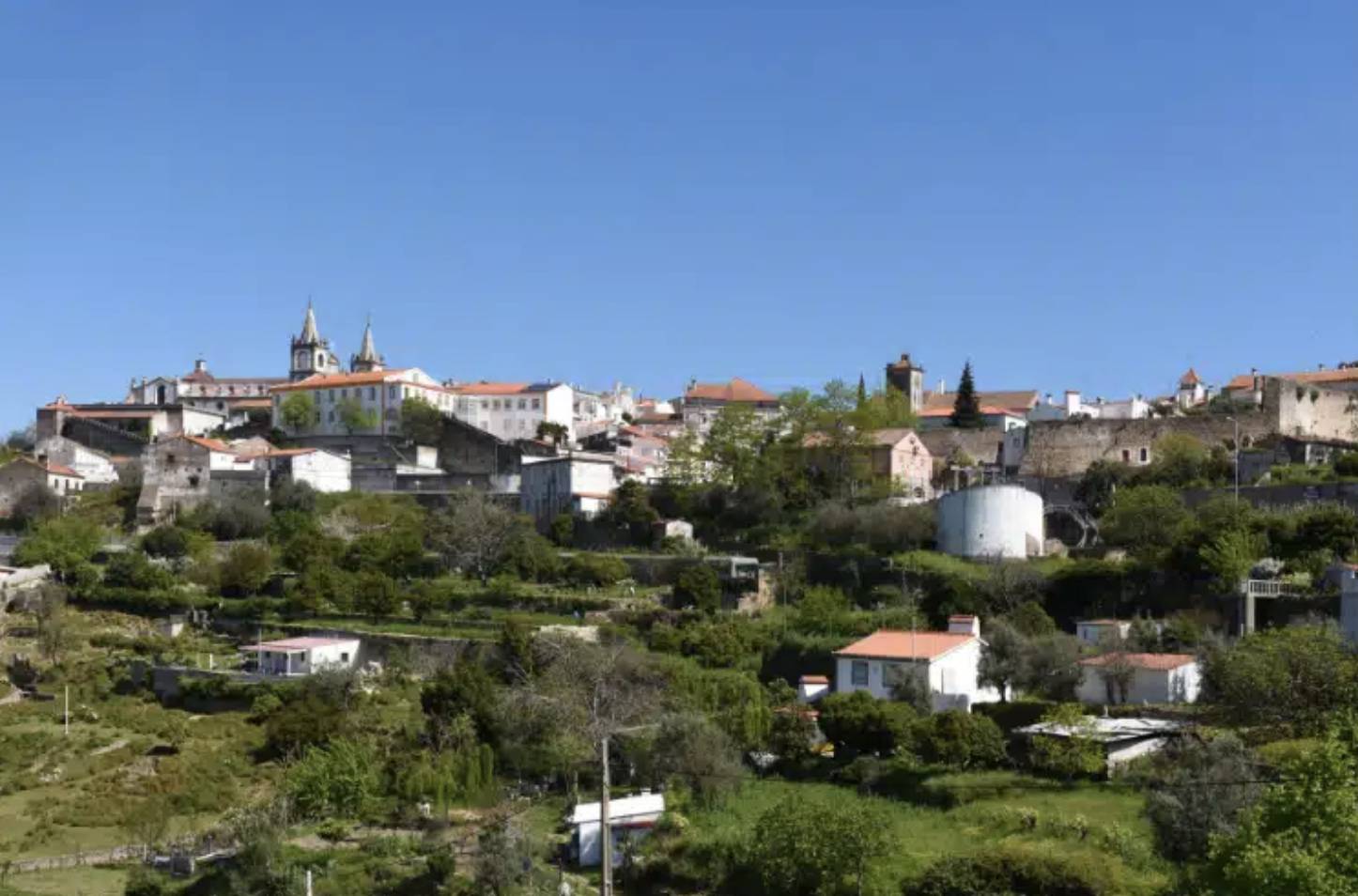
Moving to the Alentejo
This underrated region in the south-central region is wonderful to live in, but you should know the pros and cons of Alentejo before relocating.
Maryam Siddiqui of Viv Europe - Legal and Relocation Partner to KipperTree
October 31, 2022. To read the full article click here
A place where nature meets tradition and tranquillity meets affordability. The Alentejo region is described as “the new go-to place in Portugal”, and we’ll respectfully agree. Five major districts welcome ex-pats with open arms, and ex-pats gladly take up the invite. But before you move there, you should know the pros and cons of Alentejo.
While the region’s low population density may put some off, it’s a pro for many. A place with peace, a slow pace of life, and an affordable lifestyle. What more could some ask for?
Well, it’s okay if you’re looking for something more. There’s no perfect place, and Alentejo is no exception. By the end of this article, you should be aware of all the pros and cons of moving to Alentejo. Consider all possibilities of the lifestyle you can have here, and decide whether this is the place for you!
What is it like living in Alentejo?
Often described as the heartland of Portugal, this region is where you enjoy the true essence of being Portuguese. But you don’t have to be Portuguese to benefit from living here. Alentejo is known to have locals that are the friendliest and most welcoming people in all of Portugal, which tells you a lot about the pros and cons.
Living in Alentejo feels like waking up in a land of peace and pure nature. Forbes recognized this region as “the new go-to place in Portugal” in 2019, and this hidden gem is starting to get the limelight.
With due credit to its central location, residing here means quick access to Lisbon and also the Algarve region. When you feel like switching things up a bit and not being around nature, you can take a train to Lisbon, reaching in nearly 3 hours and under €30.
But nature lovers rarely feel the need to connect with the capital city’s vibe. That’s what living in Alentejo is like.
Calm days, no crowds, and fresh air; read all about Living In Alentejo: An Expat’s Guide To Rural Portugal.
Who lives in Alentejo?
For many years, affluent families from Lisbon have chosen the empty beaches and plains to spend time at their holiday houses. Although this may cause you to think that the region is only for people with affluent backgrounds, it’s quite the opposite.
Ex-pats and locals living in Alentejo prefer a secluded lifestyle that’s easy on the pocket. A single person’s estimated monthly expenses, without rent, are around €610, while rent can cost between €500 to €700.
The recorded resident population for Alentejo is nearly 704,707, according to Pordata. Out of these, only 12.4% are young people, while 60.6% are of working age. Additionally, roughly one-fourth of the population comprises the elderly, at 27%.
Those that live in Alentejo focus on enjoying a lifestyle of tranquillity while earning a modest living. Most people here like to indulge in wine tasting and traditional Portuguese gastronomy.
Why are ex-pats moving to Alentejo?
Just like Forbes suggested, ex-pats are drawn to Alentejo because of its captivating scenery, empty white beaches, and vineyards. These ex-pats didn’t fall in love with Alentejo right off the bat because most first visited as tourists.
But there’s something magical about the region. Apart from the idyllic climate, stunning landscapes, safety, and low cost of living, the Alentejo has a cultural legacy unparalleled by other places. We’ll discuss the pros of moving to Alentejo shortly, but here’s a warning: the list goes on and on for a while.
Pros of living in Alentejo
We hope you’re ready!
Reading through the pros of living in Alentejo might take some time, but we’re sure you won’t get bored reading through them! Let’s get started.
Climate
The climate of a particular region can be a deal-breaker for many people. However, Portugal’s weather is almost always a “deal-maker” for ex-pats. The sun shines 300 days a year, and the temperature is moderate throughout all seasons.
Alentejo’s weather is mild and warm. Summer is from June to September, with less humidity than in winter and an average temperature of 20.9 °C. The lowest average temperature is in January, which is the coldest month in winter, at 5.7 °C.
The interior region can be a little too hot for some people if the temperatures rise. Alentejo’s coastal areas are much milder, and even though the sun shines most of the year, it’s still pleasant.
The beaches
Alentejo’s beaches come in as a huge pro in the list of pros and cons of Alentejo. They’re described as a great place to be, with clear water, fantastic views, and clean sand you can walk on for hours.
While hundreds of visitors come in from Lisbon, the beaches are never as crowded as the ones in the Algarve. You’ll be able to completely relax and unwind close to nature and great food!
Here are some of the beaches you don’t want to miss out on in Alentejo:
Praia de Galapinhos
Ribeira do Cavalo Beach
Troia Beach
Praia Vasco da Gama
Praia da Morena
The slow pace of life
This south-central region of Portugal is perhaps one of the best places to properly cherish the slow pace of life this country offers. Day-to-day life is very easygoing, and there’s hardly ever a rush to reach a destination.
If you’ve read our article on the 10 Portuguese Habits You Adopt After Relocating, you’ll know that the Portuguese believe it’s okay to be late. People in Alentejo believe it’s okay to take your time and value each moment of every day.
Whether that means sitting outside soaking up the golden sun or taking some deep breaths of fresh sea breeze before reaching work, this is a huge pro of moving to Alentejo.
Low cost of living
A defining factor for many families is often the low cost of living in Alentejo. Portugal itself categorizes as a very affordable country within Europe, but areas like Lisbon are still on the pricier side.
This isn’t true for Alentejo. The region offers affordable housing and nominal prices for other expenditures. If you take rent, for example, it can cost anywhere between €350 to €700, depending on the popularity of the parish.
The five districts of Alentejo: Santarém (the southernmost part only), Portalegre, Évora, Beja, and Setúbal (the southernmost part only), are some of the cheapest places to live in Portugal. Additionally, the fact that most ex-pats continue to prefer Lisbon and the Algarve helps keep the prices in Alentejo minimal.
Safety
We understand you’d never want to risk your safety living in a new country. No one likes to feel like they can’t trust their surroundings. We’re glad to say safety is not a concern that you’d often find yourself worrying about.
The Global Peace Index ranks Portugal as the fourth-safest country in the world, making it one of the least dangerous places to live in. The Alentejo region is no different. On top of that, the low population helps people to have better connections, especially during times of need.
While tourism may cause an increase in pickpocketing cases and such minor criminal activities, you’ll spend most of your time feeling safe. Unfortunately, tourism does attract such petty crimes to happen worldwide, so you should stay vigilant no matter where you are.
The food and wine
Alentejo’s spectacular gastronomy is a pro that’s unique to this region of Portugal; and a very important one in the list of pros and cons of Alentejo.
The traditional cuisine is simple but imaginative and delectable. Mixed seasonal ingredients are paired together with fresh aromatic herbs, wine, and the famous Alentejo bread. Many dishes consist of broth, in which you soak the bread and eat with a side of ripened cheese and sausages.
Eight subregions of Alentejo produce wine in award-winning wine cellars. Pêra Manca, Cartuxa, and Monte dos Pinheiros are the most famous wines. While you’re there, also try out the Sopa de Beldroegas (Purslane soup) and Açorda à Alentejana (Alentejo style Açorda).
The cultural and historical legacy
Alentejo is often referred to as “Portugal’s time capsule”, confirming that the historical legacy continues to date. The region is as authentic as it was years ago, and you can see it in nature all around.
Natural landscapes have remained preserved and unspoiled to keep the region’s beauty alive. From time to time, people come here to go on a cultural route to learn more about the true history of Portugal.
Someone interested in living near ancient buildings and monuments will find this place to be the epitome of preserved culture and history. Exploring Alentejo will never bore you.
The nature
Before we proceed, we’d like to put it out there that nature isn’t for everyone, so it’s okay if this isn’t a pro for you. Some people prefer living in cities and being close to a lot of infrastructural development.
Alentejo’s beauty lies in the vast nature. Full of places where you can sit with your thoughts in peace and cherish every moment slowly.
Alqueva’s Dark Sky Reserve covers around 3,000 km2, providing the most breathtaking atmospheric conditions to stargaze the night sky. Tourists visit Alentejo to appreciate the nature around them and how well it is preserved via parks and other reserves.
To finish the article and to read the Cons of living in Alentejo click here
Once you’re done planning your relocation, contact Viv Europe and leave the rest to us. We’ve helped hundreds of families before you and would love to see your dream come true. From visa application to finding the perfect property to call home, we’ve got you covered.
